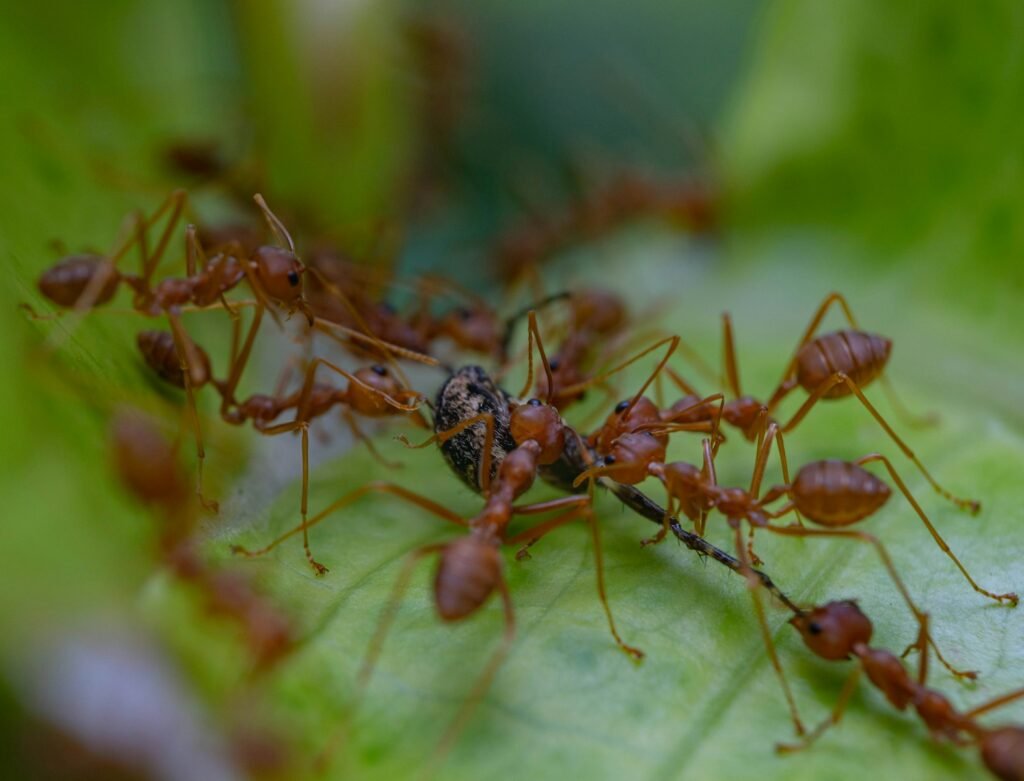Every culture carries a map for understanding human nature, and few are as vivid as the Chinese zodiac. Twelve animals, twelve archetypes – each promising clues about courage, caution, curiosity, and the quiet surge of gut feeling that moves us before thought. Today, scientists are probing instinct with brain scans, heartbeat tests, and field experiments, while storytellers still look to Tiger, Snake, and Dog for meaning. The mystery is not which system is right, but how biology and story braid together in daily life. That tension – between folklore’s clarity and science’s nuance – is exactly where new insights are emerging.
The Hidden Clues
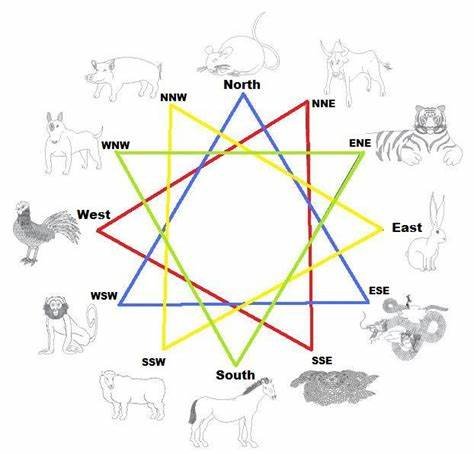
What if the quickest decisions you make aren’t guesses at all, but trained signals rising from the body like birds flushed from grass. Instinct looks sudden, yet it often reflects layers of experience, prediction, and memory compressed into a heartbeat. In that sense, the zodiac’s animal portraits act like mnemonic posters for patterns the brain already tracks: vigilance, boldness, caution, and social attunement.
Neuroscience calls this rapid route to action a set of fast, frugal processes that scan for threat, opportunity, and social cues. In the zodiac, Tiger carries the banner for decisive action, while Snake embodies watchful stillness, and Dog signals loyalty sharpened into sentry-like awareness. These are stories, yes, but they echo real behavioral dimensions that scientists measure every day.
From Ancient Calendars to Modern Science
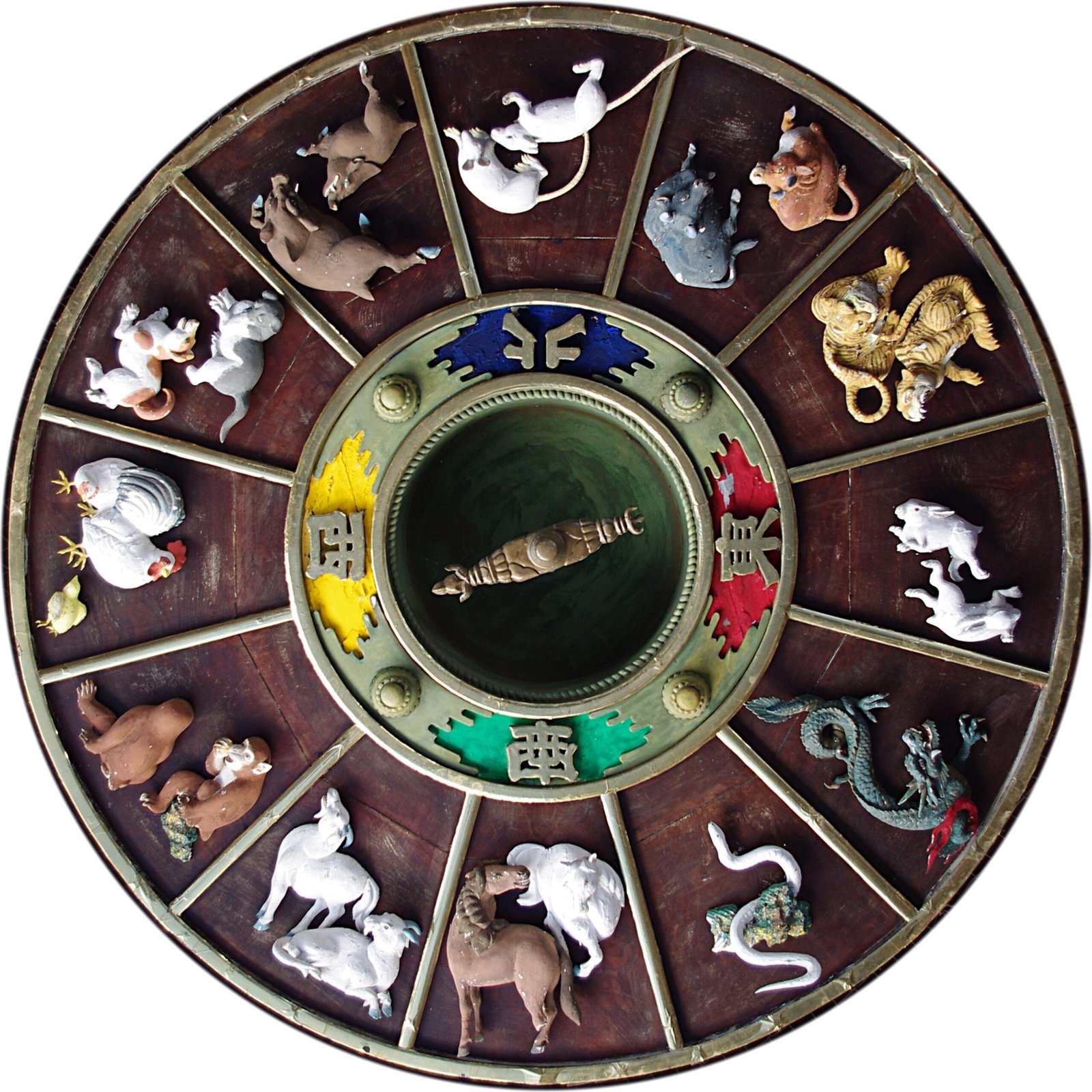
The Chinese zodiac began as a timekeeping framework woven into a lunar calendar, a human tool for organizing seasons, festivals, and family milestones. Over centuries, its animal cycle became a cultural shorthand for personality, with farmers, sailors, and merchants reading the world through symbols at least as much as through instruments. That history matters, because instincts are shaped by environment and training, and cultural maps can focus attention where it counts.
In labs, researchers explore instinct through reaction-time tasks, startle responses, and interoception – the ability to sense internal signals like heartbeat and breath. They see a system that speeds decisions by blending past experience with present cues, an efficient shortcut that usually helps and occasionally misleads. Ancient tool, modern science: both chase the same quarry from different angles.
The Signs That Lead the Pack
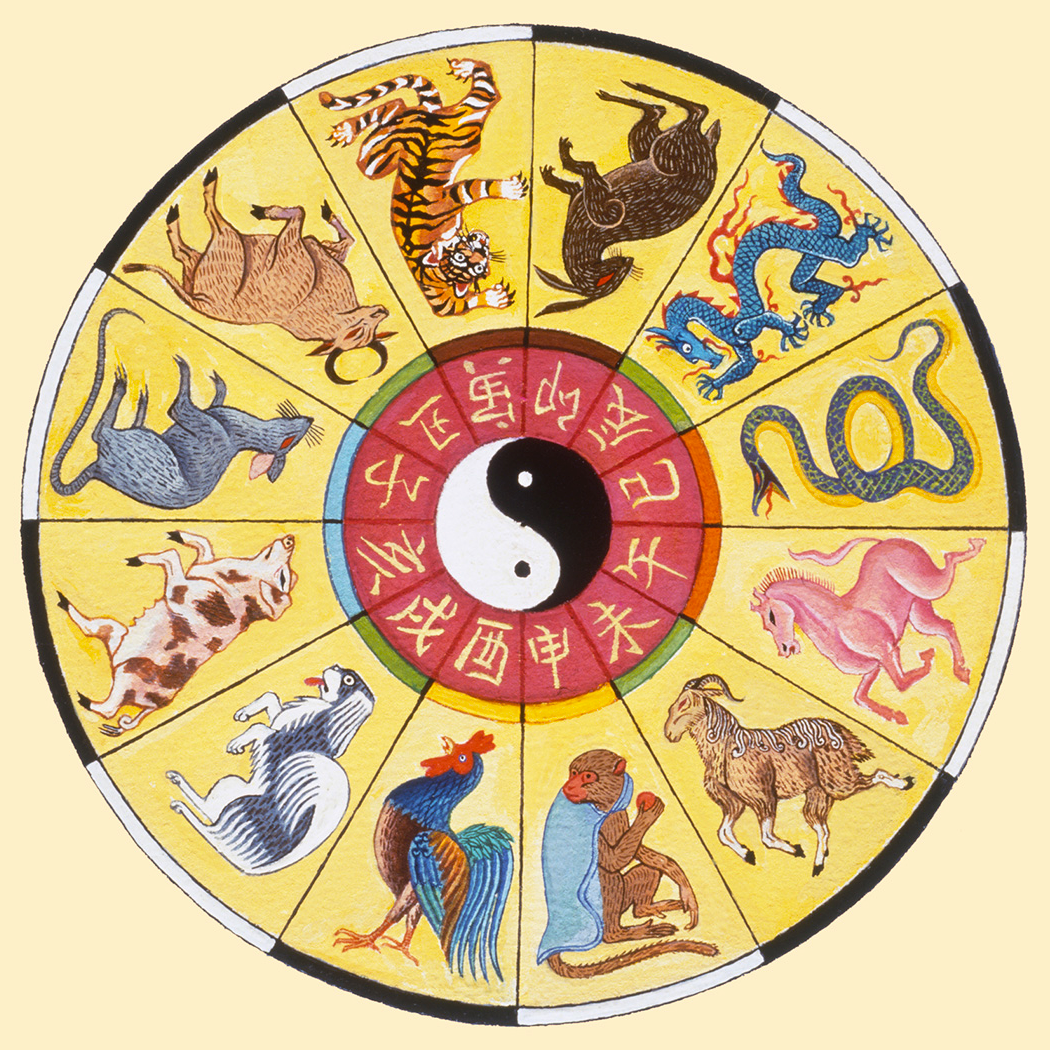
Across folklore, certain zodiac animals are cast as especially instinct-driven: Tiger for bold pursuit, Snake for silent calculation, Dog for pack awareness, Horse for split-second flight, and Rat for resourceful sensing. These portraits are not lab results, but they map surprisingly well onto behavioral themes like risk-taking, vigilance, social bonding, rapid locomotion, and exploratory foraging. In everyday terms, they capture whether a person tends to lean forward or hold back when uncertainty appears.
Importantly, birth year does not fix a person’s nervous system, and science does not treat zodiac labels as causal. Still, the animal metaphors can serve as mirrors that nudge skills: a Rat mindset can practice situational scanning, a Dog orientation can hone team vigilance, a Snake frame can refine patience before pouncing. Stories become drills when we treat them as training plans, not destinies.
Reading Instinct Through the Brain
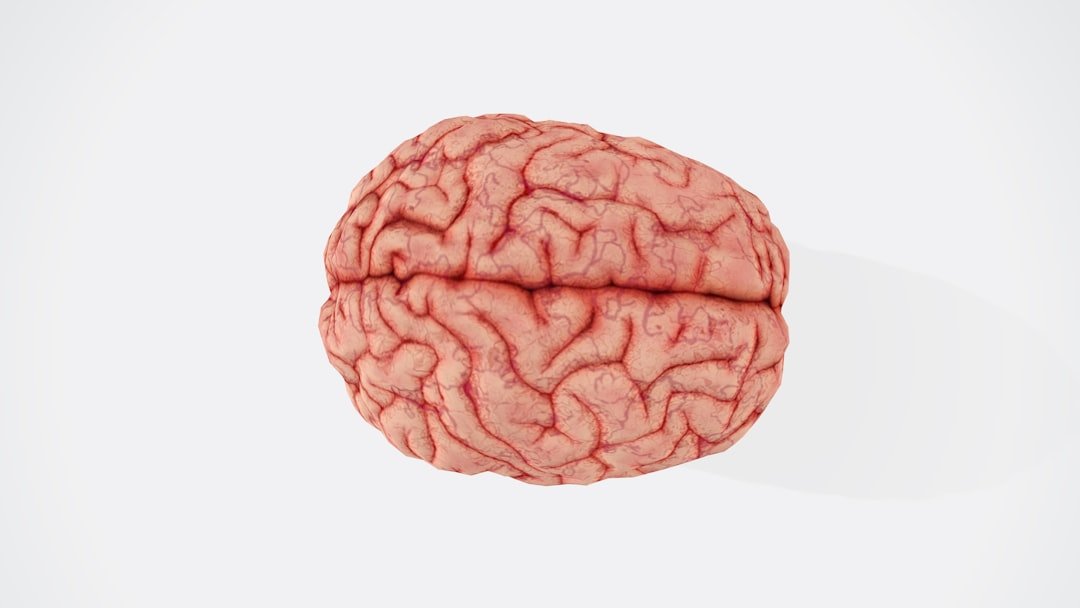
The amygdala and brainstem flag urgency, the insula translates body signals, and prefrontal regions arbitrate whether to go with the surge or wait for more data. That interplay explains why instincts feel physical – your heart picks up, your stomach tightens, your skin tunes, and thought arrives half a second late. Researchers increasingly view instinct as prediction: the brain constantly guesses what comes next and updates those guesses as evidence rolls in.
Practice reshapes this system, which is why firefighters, trackers, clinicians, and athletes develop what looks like second sight. The signal is not magic; it’s compressed experience, trained to ring the bell only when it should. Animals in the zodiac dramatize that machinery, giving names to the many ways a body can notice before a mind can explain.
Field Evidence: Risk, Reaction, and the Senses
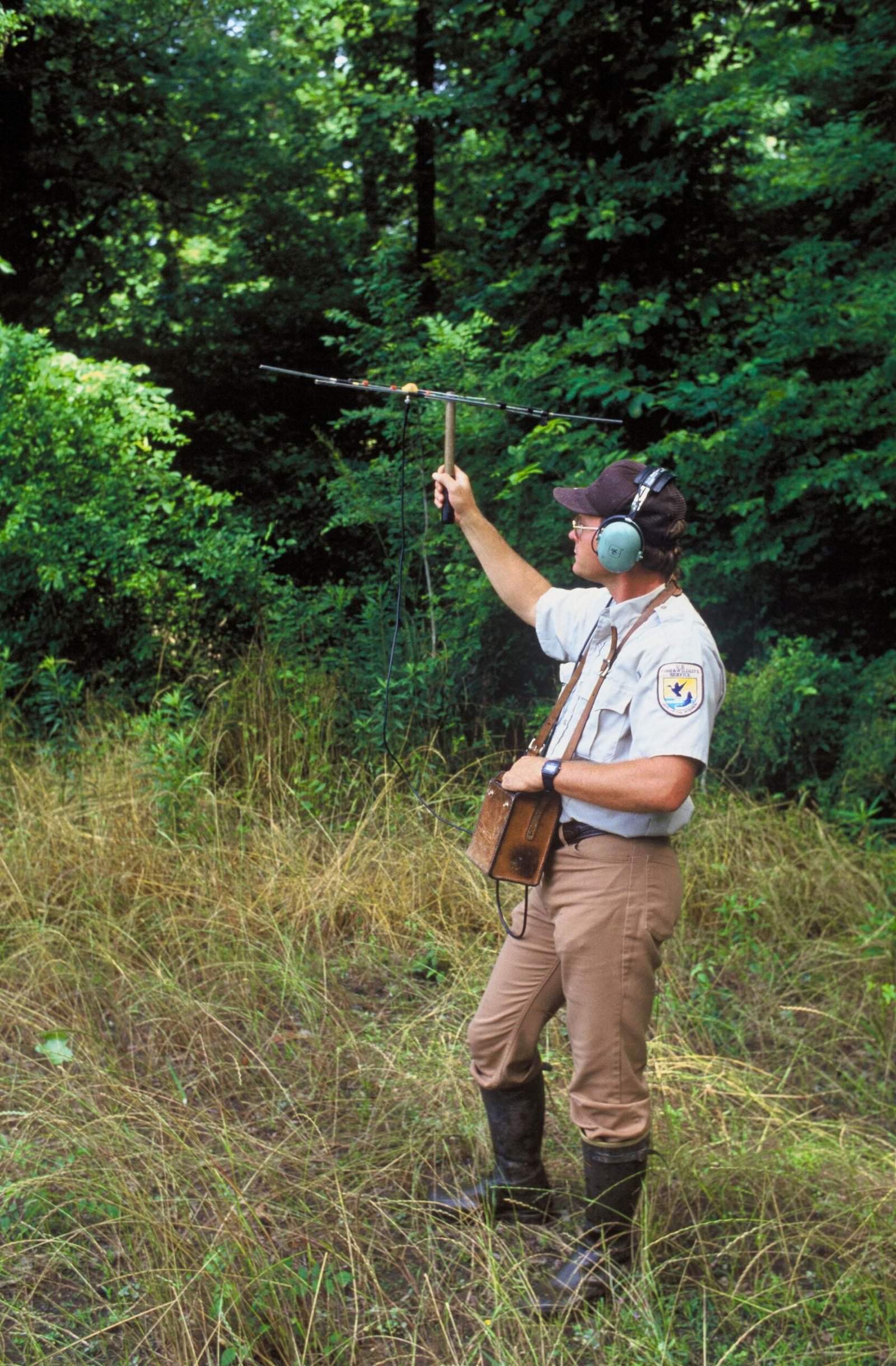
Outside the lab, instinct shows up in how quickly people orient to motion at the edge of vision, how they pick patterns from noise, or how they steady hands under pressure. Field training that stresses repetition under variable conditions tends to sharpen these skills, turning noisy hunches into reliable cues. That is why a wildlife ranger recognizes tracks at a glance while the rest of us see only dirt.
Interoceptive exercises – paced breathing, heartbeat tracking, and focus-shifting – can make gut signals clearer, which helps separate a genuine alert from a false alarm. Sensory drills do the same for the outside world, teaching the eyes and ears to expect what the environment usually hides. Put together, these habits explain how instinct matures from luck into craft.
Culture, Context, and Self-Fulfilling Scripts
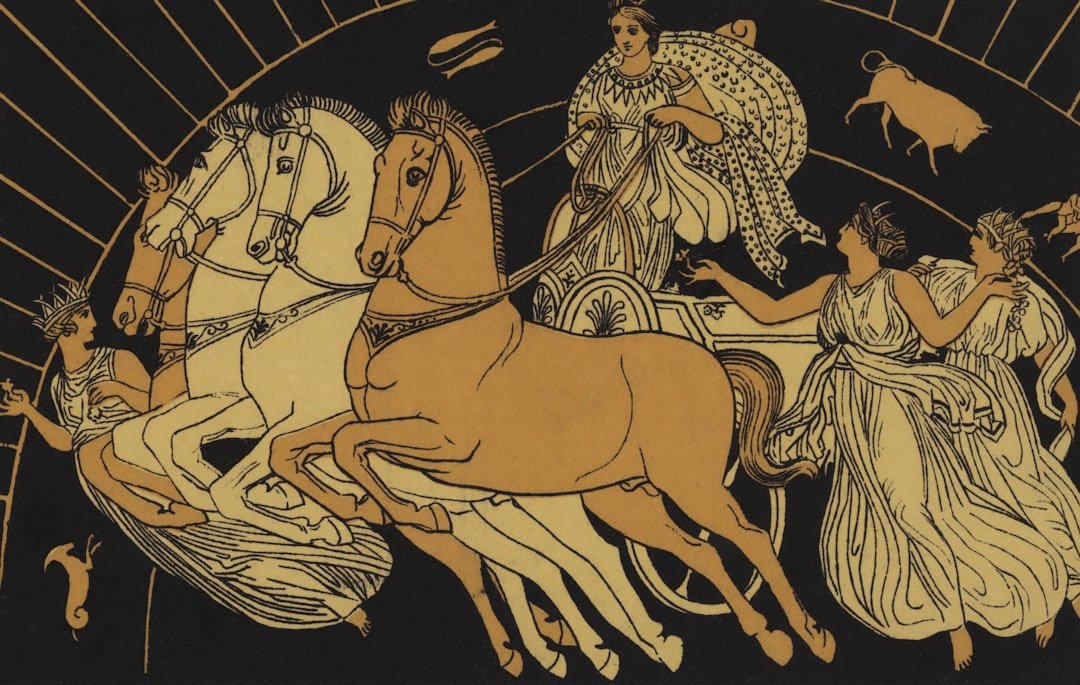
Cultural stories set expectations, and expectations steer attention, which is how a zodiac can shape behavior without touching DNA. Growing up, I watched relatives treat Tiger years as seasons for brave starts and Rabbit years as moments for careful alignment, and those beliefs changed what people noticed and tried. When a family or team assigns an animal role – scout, sentinel, sprinter – members often train into the part they are given.
Psychologists call this a script effect: once a narrative frames a situation, people collect evidence that fits the frame and practice the skills it rewards. That mechanism can help or harm, depending on how rigid the script becomes. The healthiest move is to use the animal lens as a prompt for learning, not a box that closes options.
Data Check: What Research Can and Cannot Say

Modern studies don’t support the claim that birth year alone determines instinctual strengths, and responsible research avoids tying personality to zodiac categories. What science does show is that instinctive accuracy improves with relevant experience, better interoception, and structured feedback loops. In other words, the system grows where it is trained.
– Neural circuits that govern vigilance and decision speed are plastic, adapting with practice and context. – Intuition is strongest when the environment is stable enough for patterns to repeat, and weakest when conditions shift wildly. – Bias is a risk: people remember instinctive hits and forget misses, unless they track outcomes with discipline. Treat those points as guardrails when reading animal symbolism back onto human behavior.
Why It Matters

Understanding instinct is not trivia; it’s public safety, clinical care, and conservation. Rapid threat detection can save lives, and early warning from a nurse, a pilot, or a lifeguard often rides on well-tuned gut signals. In wildlife work, instinct helps rangers read landscapes and defuse human–animal conflict before it flashes hot.
Compared with purely analytic methods, an instinct-aware approach catches fleeting cues that spreadsheets miss, then hands them to analysis for verification. Think of it as binocular vision: story-trained attention on one side, measurement on the other. The blend sees depth that neither eye can manage alone.
The Future Landscape

Next-generation wearables will make interoception more coachable, offering real-time feedback on heart, breath, and micro-movements as people practice under stress. Mixed-reality field drills could immerse trainees in complex, changing scenes where instincts learn to fire only when patterns truly matter. Machine learning will help flag when quick decisions track ground truth and when they drift into bias, closing the loop between hunch and outcome.
Globally, integrating cultural lenses like the zodiac with training programs may increase engagement, provided the framing remains flexible and evidence-led. The challenge is to honor meaning without mistaking metaphor for mechanism. Done well, future science will let animal stories spark curiosity while data does the heavy lifting.
What You Can Do Next

Use the animal lens as a training prompt: pick a situational skill – scouting like a Rat, guarding like a Dog, waiting like a Snake – and practice it deliberately for a week. Keep a short log of instinctive calls, noting what you sensed, what you decided, and what actually happened. That record turns fuzzy impressions into learnable signals.
Support field biology and community science projects that strengthen pattern recognition where it matters, from urban wildlife surveys to rescue simulations. Share cultural stories as invitations to learn, not labels to limit others. Over time, you’ll feel which instincts are reliable, and which need more training.
Conclusion: Instincts, Stories, and the Animals Within

The Chinese zodiac survives because it makes the invisible feel tangible, giving faces to the many ways we act before we explain. Science thrives because it tests those feelings against reality, upgrading good hunches and retiring bad ones. Between them is the sweet spot: stories that motivate practice, and practice that earns trust.
If Tiger, Snake, Dog, Horse, and Rat seem to hold the strongest animal instincts, it is because they spotlight core survival moves that any person can cultivate. The lesson is not fate but focus: train the signal, track the results, and let evidence refine the tale. Which animal will you practice today?

Suhail Ahmed is a passionate digital professional and nature enthusiast with over 8 years of experience in content strategy, SEO, web development, and digital operations. Alongside his freelance journey, Suhail actively contributes to nature and wildlife platforms like Discover Wildlife, where he channels his curiosity for the planet into engaging, educational storytelling.
With a strong background in managing digital ecosystems — from ecommerce stores and WordPress websites to social media and automation — Suhail merges technical precision with creative insight. His content reflects a rare balance: SEO-friendly yet deeply human, data-informed yet emotionally resonant.
Driven by a love for discovery and storytelling, Suhail believes in using digital platforms to amplify causes that matter — especially those protecting Earth’s biodiversity and inspiring sustainable living. Whether he’s managing online projects or crafting wildlife content, his goal remains the same: to inform, inspire, and leave a positive digital footprint.



